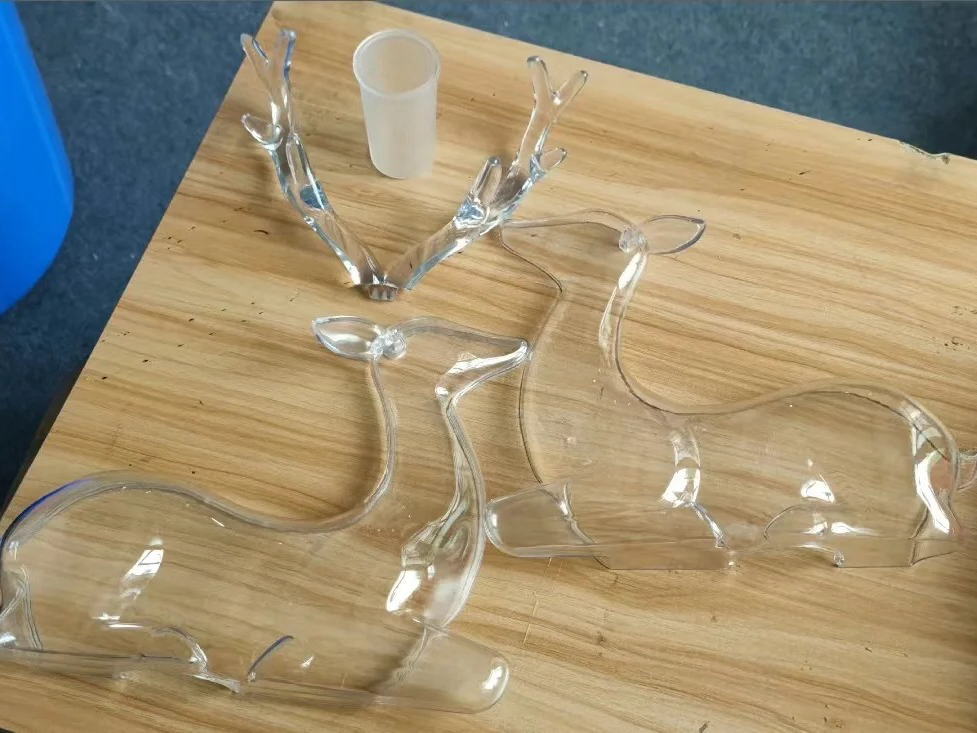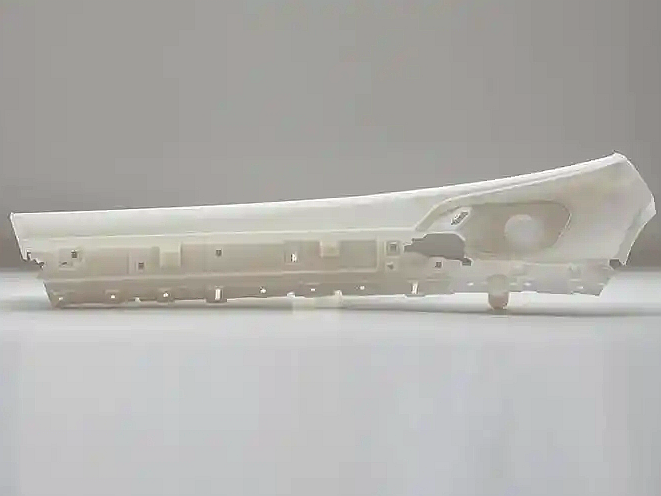Castable Resins
Introduction to Castable Resins for 3D Printing
Castable resins are photopolymers formulated for clean burnout with minimal ash, making them ideal for investment casting applications. These resins are used to create patterns for jewelry, dental prosthetics, and precision industrial parts where complex geometries must be transferred into metal.
Stereolithography (SLA) and Digital Light Processing (DLP) enable castable resins to be printed with ±0.03 mm accuracy and exceptional surface detail for casting without tooling or machining.
International Equivalent Grades of Castable Resin
Grade Type | Resin Code | Application Examples |
|---|---|---|
Jewelry Castable | JC-1000 | Rings, custom jewelry, filigree |
Dental Castable | DC-Class IIa | Frameworks, partial dentures |
Industrial Castable | IC-Rigid | Small precision investment parts |
Burnout Standard | ISO 1172 | Ash content in polymer combustion |
Comprehensive Properties of Castable Resins
Property Category | Property | Value |
|---|---|---|
Physical | Density | 1.08–1.15 g/cm³ |
UV Curing Wavelength | 405 nm | |
Mechanical | Tensile Strength | 25–40 MPa |
Elongation at Break | 3–6% | |
Hardness | 75–85 Shore D | |
Burnout | Ash Content | <0.01% |
Burnout Temperature | 650–850°C |
Suitable 3D Printing Processes for Castable Resins
Process | Typical Density Achieved | Surface Roughness (Ra) | Dimensional Accuracy | Application Highlights |
|---|---|---|---|---|
≥99% | 3–5 µm | ±0.03 mm | Best for fine jewelry details and dental frameworks | |
≥99% | 4–8 µm | ±0.03 mm | Ideal for micro-detail metal casting with sharp edge definition |
Selection Criteria for Castable Resin 3D Printing
Burnout Performance: Resins must burn cleanly at 650–850°C without ash or expansion to protect mold fidelity in casting.
Fine Detail Resolution: Supports sub-0.1 mm features for sharp filigree, text, and geometrically intricate elements critical in jewelry or dental use.
Smooth Surface Finish: Reduces polishing time post-cast and improves mold surface quality, leading to better finish on final metal parts.
Shrinkage Compensation: CAD models may require scale adjustment to account for shrinkage during burnout and metal cooling.
Essential Post-Processing Methods for Castable Resin Parts
UV Post-Curing: Ensure complete polymerization before burnout. Cure at 405 nm for 30–60 minutes, depending on part geometry.
IPA Cleaning and Drying: Thoroughly rinse in alcohol to eliminate uncured resin and improve burnout quality.
Surface Smoothing or Coating: Optional step for visual prototypes or pre-burnout enhancement in high-visibility parts.
Burnout Scheduling: Follow multi-stage burnout cycles: low-temp pre-burn, hold at 300–350°C, then full burnout to 750–850°C depending on part size.
Challenges and Solutions in Castable Resin 3D Printing
Ash Residue in Molds: Use validated resins with <0.01% ash. Ensure proper burnout hold times and oxygen exposure to fully combust resin.
Cracking of Investment Mold: Ramp temperature slowly, especially during expansion phases. Use low-expansion investments with good thermal shock resistance.
Overcuring Leading to Warping: Avoid excessive UV post-curing, which may embrittle and distort fine parts. Follow manufacturer specs closely.
Applications and Industry Case Studies
Castable resins are widely used in:
Jewelry Manufacturing: Custom rings, wedding bands, high-detail filigree, and one-off design prototypes.
Dental Laboratories: Crown copings, bridges, partials, and frameworks with Class IIa biocompatibility.
Industrial Components: Complex investment castings, such as turbine blades, precision brackets, or aerospace fittings.
Prototyping & Art: Sculpture casting, metal logo plates, and artistic metalwork prototyping.
Case Study: A jewelry studio used castable DLP resin to create 150 custom-designed rings in a week. Post-cured and cast in 14K gold, the parts required minimal polishing and reduced manual labor by 50%.
Frequently Asked Questions (FAQs)
What’s the typical burnout schedule for castable resin to ensure clean investment casting?
Can castable resin be used for precious metal, stainless steel, or titanium investment casting?
What surface quality and resolution can be achieved in SLA/DLP castable parts?
How does castable resin compare to traditional wax patterns in burnout behavior?
Are there biocompatible castable resins for dental prosthetics or partial frameworks?



